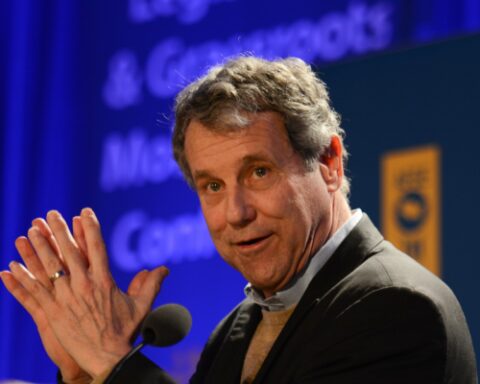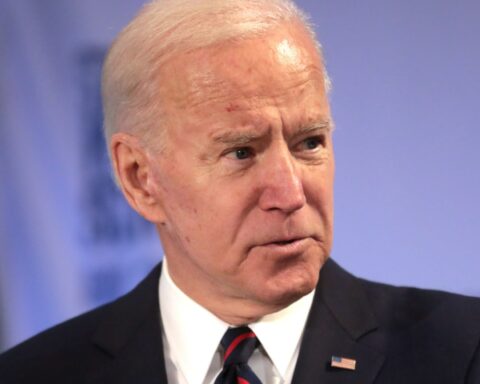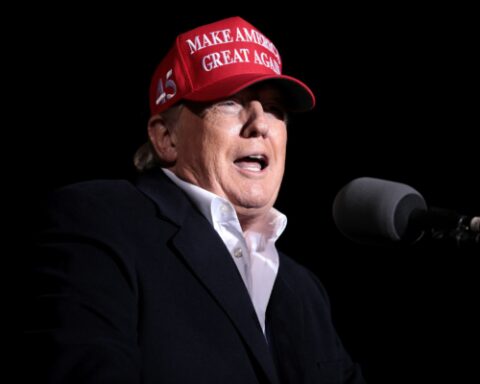Former Senator Sherrod Brown, Democrat of Ohio, reportedly announced Monday that he is running for the U.S. Senate again, setting up a high-stakes clash with Senator Jon Husted, a Republican appointed earlier this year to replace Vice President J.D. Vance.
Brown, who served three terms before losing reelection in November to Republican Bernie Moreno by roughly 3.5 percentage points, presented his campaign as a reluctant return to politics. “I didn’t plan to run for office again, but when I see what’s going on, I know I can do something about it for Ohio,” Brown said in a launch video.
He added: “That’s why I’m running for Senate. Because even in these challenging times I still believe if you stand up for workers, treat people with respect and always fight for Ohio, you can actually make a difference.”
Democrats, eager to hold ground in a state that has trended Republican in recent years, quickly rallied behind him.
Senate Minority Leader Chuck Schumer of New York and Senator Kirsten Gillibrand, also of New York, who leads the Democratic campaign arm, issued a joint statement casting Brown as a champion for working families. “No one fights harder for Ohio than Sherrod Brown,” they said, citing his past work on retirement and Social Security benefits as well as efforts to “crack down on fentanyl from China and Mexico.”
“In the Senate, Sherrod will stand up to the chaos, recklessness and rising prices hurting working families and make sure Ohioans have the champion they deserve,” the statement continued.
Yet Brown’s path forward is far from assured. His narrow defeat to Moreno last year underscored how Ohio voters have shifted to the right, handing Republicans consistent victories in statewide contests.
Moreno’s win over a seasoned incumbent like Brown — by more than three points — highlighted the limits of Brown’s populist brand in a state where President Donald J. Trump remains influential.
Now, Brown faces Jon Husted, who has the advantage of incumbency and the backing of Ohio’s Republican establishment. Governor Mike DeWine tapped Husted to replace Vance after his elevation to the vice presidency, giving him a critical platform to build his Senate profile.
The timing of Brown’s return may be more favorable than his last campaign, at least on paper. Democrats point to midterm dynamics — when the president’s party typically loses ground — as an opportunity.
With Trump not on the ballot, they argue Republicans may lose some of their edge in energizing turnout.
But Republicans counter that Brown’s candidacy amounts to an attempt to reclaim a seat that voters already chose to hand to the GOP.
They note that Brown’s long record in Washington did not shield him from defeat in 2024, and argue that Ohioans have increasingly embraced conservative leadership in response to national concerns over the economy, border security, and public safety.
Brown’s entry into the race ensures another marquee contest in a state both parties view as pivotal. For Democrats, it is an attempt to revive an old standard bearer. For Republicans, it is a test of whether Ohio’s red shift is here to stay.
[READ MORE: U.S. Envoy Says Land Swaps Central to White House Talks With Zelensky]









